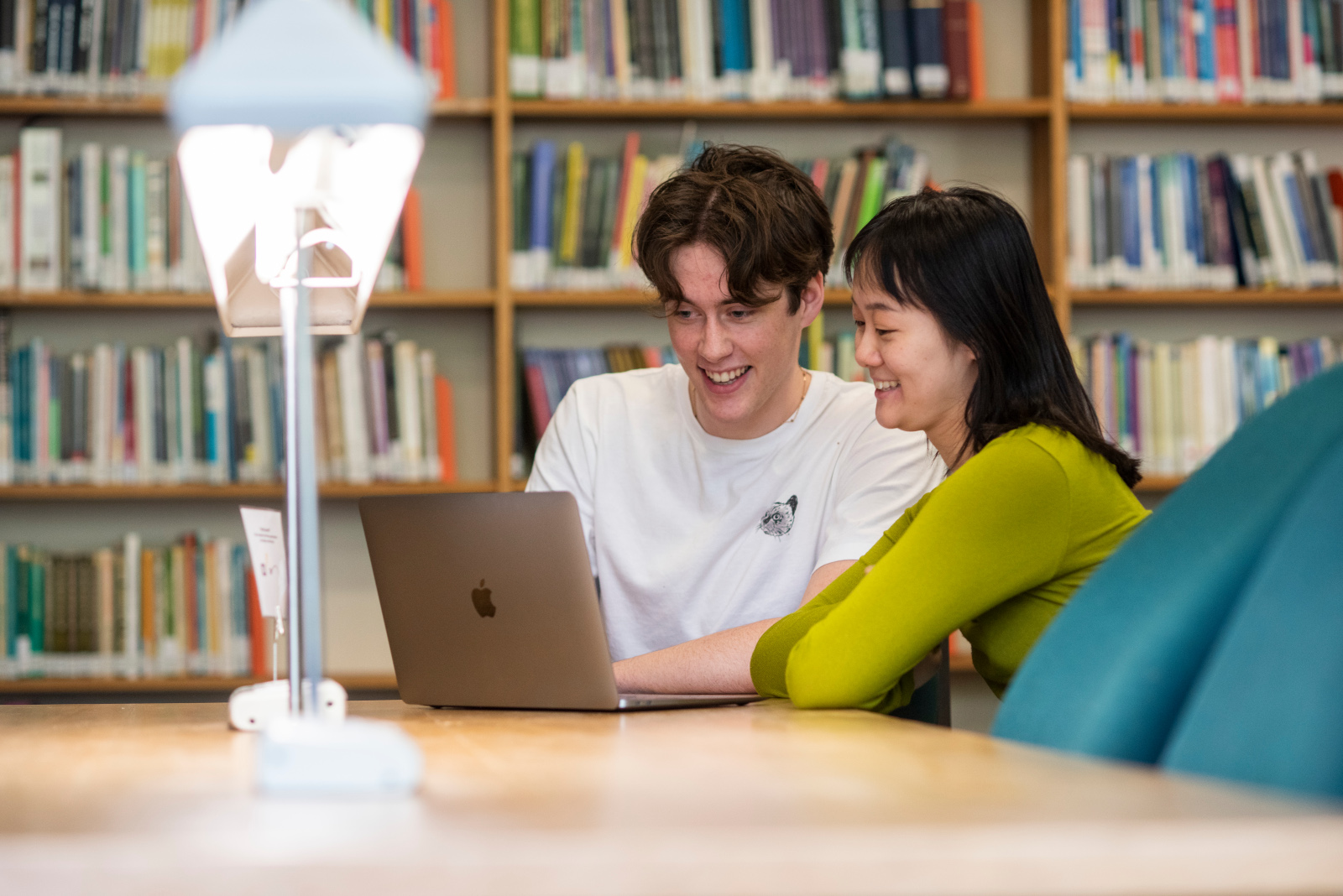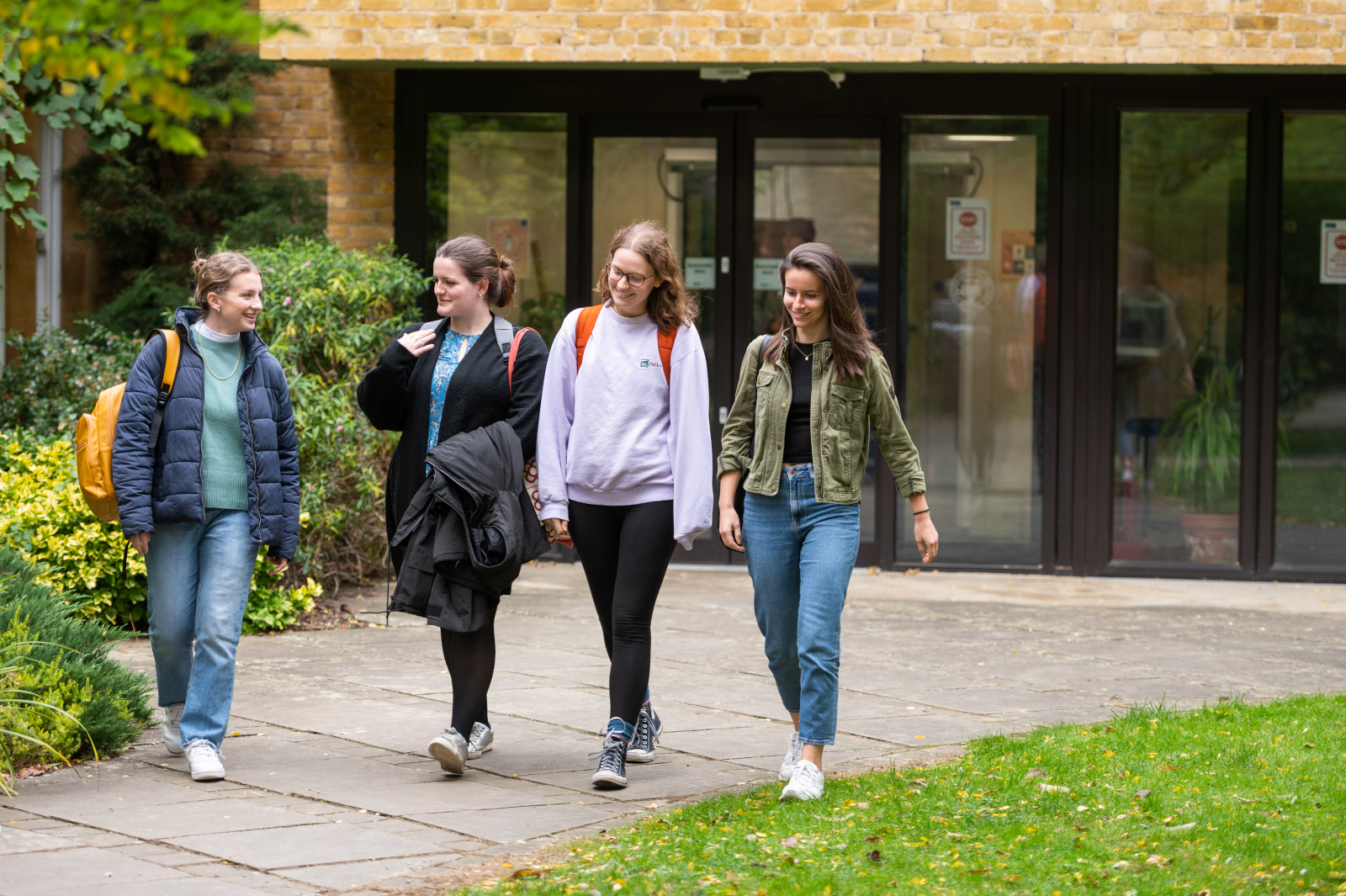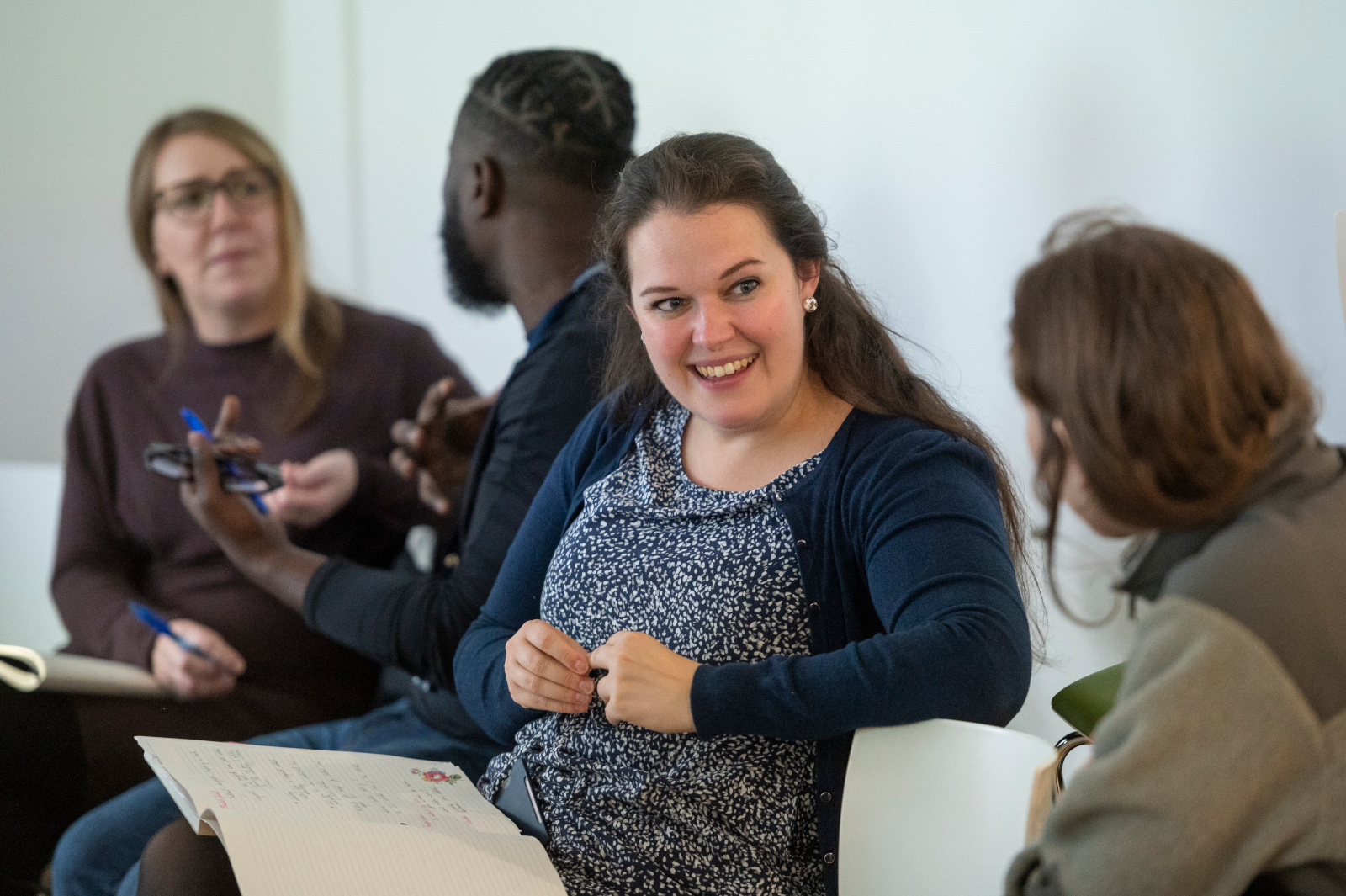Investigating L2 vocabulary learning from multimodal input
Export to calendarBio
Click here to join on the day of the event
Speaker: Dr Imma Miralpeix (University of Barcelona)
Abstract: Several studies have explored the value of multimodal input for L2 learning (Vanderplank, 2016), as in this type of input information is received from different channels (i.e., there is sound, image and text). This is thought to enhance L2 acquisition (Paivio, 1986; Mayer, 2009). Given the increase of available multimodal input in society nowadays, more research has been undertaken, even if often with short videos (e.g. Peters et al., 2016) or with participants in non-dubbing countries, where exposure to audiovisual materials in the target language is a very common practice (e.g. Denmark: Muñoz et al., 2018; or Belgium: De Wilde et al., 2021).
However, not much research has been conducted in dubbing countries, where students do not usually watch television in the foreign language. In this talk, several empirical studies will be presented: first, longitudinal classroom-based investigations, where Catalan/Spanish EFL learners regularly watched subtitled TV series over an extended period of time, and we will see how extensive viewing can (or cannot) help vocabulary learning at different proficiency levels. Second, an experiment with adult participants being exposed to a completely novel language though authentic multimodal input will show what vocabulary knowledge can be extracted at first exposure. Results will be discussed in relation to previous research on the topic and to multimedia learning theories; pedagogical implications will also be considered.
References:
De Wilde, V., Brysbaert, M., & Eyckmans, J. (2021). Young learners’ L2 English after the onset of instruction: Longitudinal development of L2 proficiency and the role of individual differences. Bilingualism, Language and Cognition, 24(3), 439-453.
Mayer, R. E. (2009). Multimedia learning (2nd ed.). Cambridge: Cambridge University Press.
Muñoz, C., Cadierno, T., & Casas, I. (2018). Different starting points for English language learning: A comparative study of Danish and Spanish young learners. Language Learning, 68(4), 1076-1109.
Paivio, A. (1986). Mental representations: A dual coding approach. New York: Oxford University Press.
Peters, E., Heynen, E., & Puimège, E. (2016). Learning vocabulary through audiovisual input: The differential effect of L1 subtitles and captions. System, 63, 134-148.
Vanderplank, R. (2016). Captioned media in foreign language learning and teaching. Subtitles for the deaf and hard-of-hearing as tools for language learning. London: Palgrave Macmillan.
Bio: Dr Imma Miralpeix is Associate Professor at the University of Barcelona, where she obtained her Ph.D. in Applied Linguistics. Her main research interests include second language vocabulary acquisition, especially lexical development and assessment, and multilingualism. She is the author of several publications in these areas and has taken part in different funded projects on second language learning and teaching. She is also a member of Lognostics, providing up-to-date resources for L2 vocabulary researchers. She has recently investigated the potential of multimodal input for L2 vocabulary learning in EFL settings at different proficiency levels.





